754 Views
Sliding Screen Door Screen - Replacement and Adjustment

by
James A
(IC: homeowner)
Replacing the screening material on the door and adjusting the sliding motion.
*Options I considered for this project:
Leaving the door off, paying someone else to do it. I decided t odo it myself.
*Questions and unexpected events that arose during the project:
Keeping the screening material straight. Putting spline in with out buckling screening material.
* Cost Comments:
Screen material for a door is 36" by 84". Different quality of screen material is available.
*My motivation to do this project:
My cat knock the screen door completely off the track and it fell out on the patio! I now have to replace the torn screen and put it back on track more tightly.
*Project Steps:
I went to the home improvement store and looked at several types of screening material some of the most expensive was slow decay material and fine mesh to keep out smaller insects. I choose the black inexpensive roll which seemed to fit my budget and needs. I also purchased spline - a thin, spaghetti-like rubber that holds the screen material in place. Spline comes in many sizes, so I was glad I had brought some of the old with me. I also purchased a spline roller. I removed the screen door from its rolling track and cleared the dining room table to use as a flat working surface. I removed the old spline from the grooves and the removed the old screen fabric. I wiped out the channel that holds the spline with a q-tip. I centered the new piece of screen fabric over the opening, and begin rolling the spline into the groove, with the screen fabric under it. I taped the four corners of the screen to the frame. I worked my way around the door using the spline roller to make sure it was seated well into the channel. When done, the screen was tight. I cutoff the excess screen material with a box cutter, careful not to puncture the new material. I hung the screen door back on it's tracks and pulled the sliding screen door open and shut. The door did not run across the track smoothly and was sticking. I adjusted it by turning the bottom screws clockwise and after a few tries it ran without sticking, yet not so loose that my cat could knock it off the track. (Which he has done). Lastly I checked the latch to make sure it still worked.
Advice:
Don't cut the new screen when cuttinf off excess. Do have a big flt surface to work with.
Materials:
Screen Material - $5.50
Spline - $3.50
Splining Tool - $4.50
*Options I considered for this project:
Leaving the door off, paying someone else to do it. I decided t odo it myself.
*Questions and unexpected events that arose during the project:
Keeping the screening material straight. Putting spline in with out buckling screening material.
* Cost Comments:
Screen material for a door is 36" by 84". Different quality of screen material is available.
*My motivation to do this project:
My cat knock the screen door completely off the track and it fell out on the patio! I now have to replace the torn screen and put it back on track more tightly.
*Project Steps:
I went to the home improvement store and looked at several types of screening material some of the most expensive was slow decay material and fine mesh to keep out smaller insects. I choose the black inexpensive roll which seemed to fit my budget and needs. I also purchased spline - a thin, spaghetti-like rubber that holds the screen material in place. Spline comes in many sizes, so I was glad I had brought some of the old with me. I also purchased a spline roller. I removed the screen door from its rolling track and cleared the dining room table to use as a flat working surface. I removed the old spline from the grooves and the removed the old screen fabric. I wiped out the channel that holds the spline with a q-tip. I centered the new piece of screen fabric over the opening, and begin rolling the spline into the groove, with the screen fabric under it. I taped the four corners of the screen to the frame. I worked my way around the door using the spline roller to make sure it was seated well into the channel. When done, the screen was tight. I cutoff the excess screen material with a box cutter, careful not to puncture the new material. I hung the screen door back on it's tracks and pulled the sliding screen door open and shut. The door did not run across the track smoothly and was sticking. I adjusted it by turning the bottom screws clockwise and after a few tries it ran without sticking, yet not so loose that my cat could knock it off the track. (Which he has done). Lastly I checked the latch to make sure it still worked.
Advice:
Don't cut the new screen when cuttinf off excess. Do have a big flt surface to work with.
Materials:
Screen Material - $5.50
Spline - $3.50
Splining Tool - $4.50
Enjoyed the project?
Published September 16th, 2010 8:52 AM
Comments
Join the conversation
2 comments
-
Yamini...I thinks that is a quetion amied at James...but it looks abit loke a slider to me. Kevin
 KMS Woodworks
on Oct 28, 2010
KMS Woodworks
on Oct 28, 2010
-
-
Kevin, Are these screen doors installed to a french door?
 Yamini LEED AP at Urbanmotifs
on Oct 28, 2010
Yamini LEED AP at Urbanmotifs
on Oct 28, 2010
-




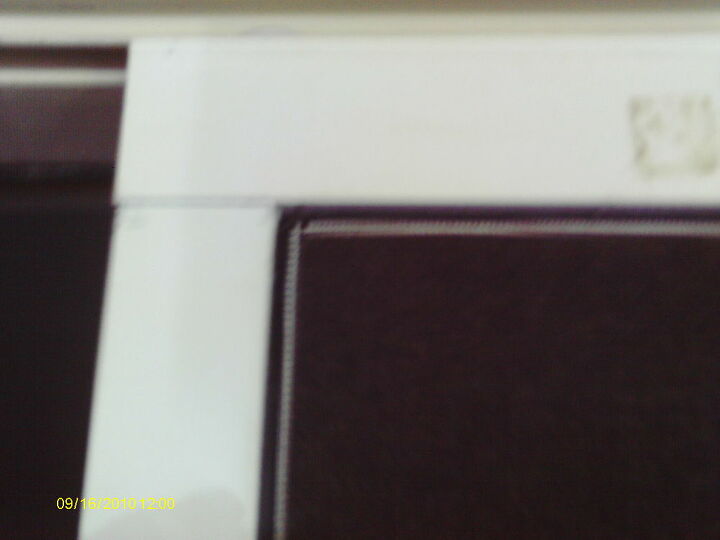
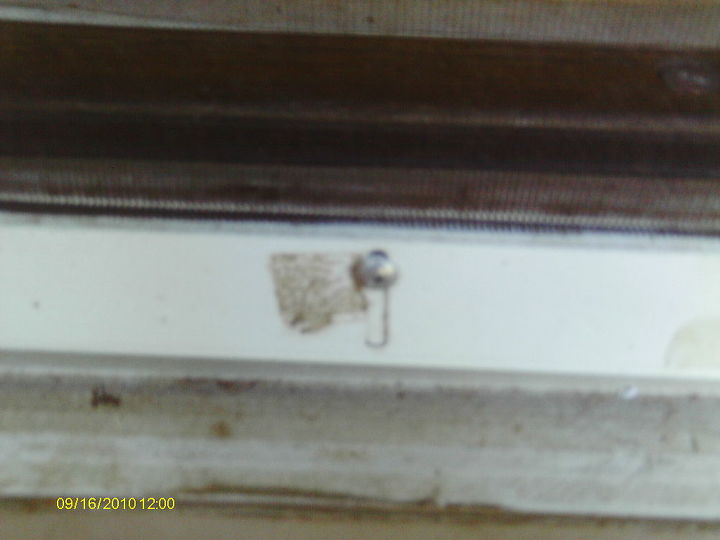
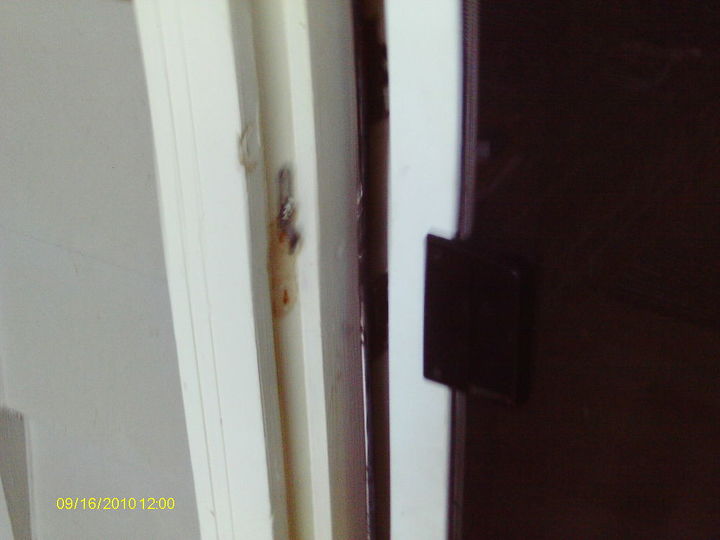
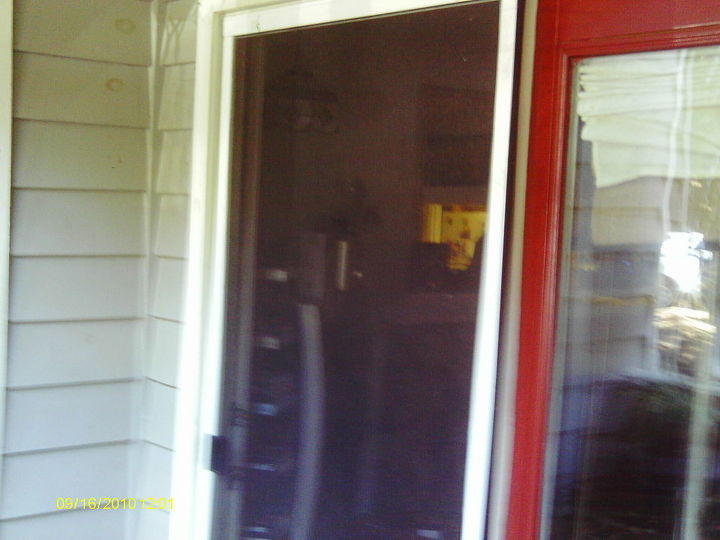
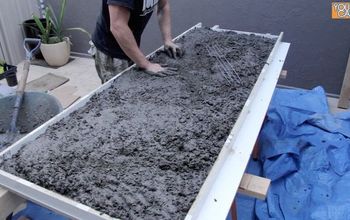
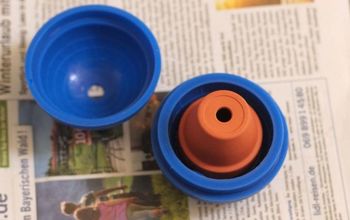





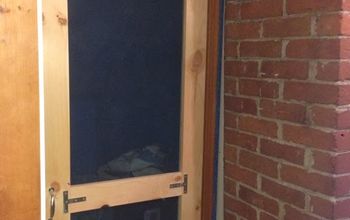
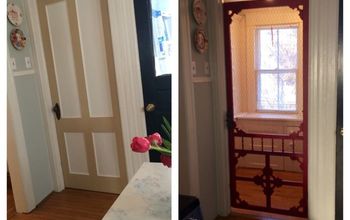

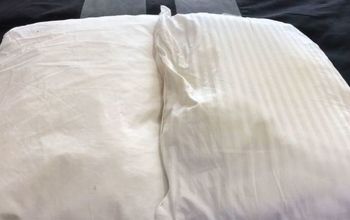
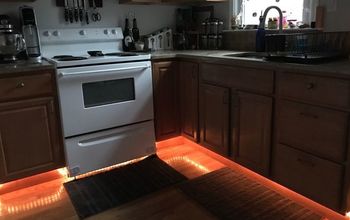


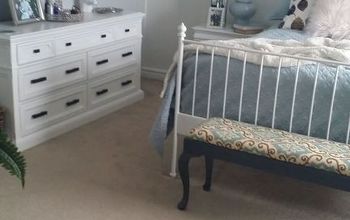


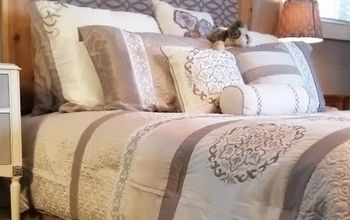
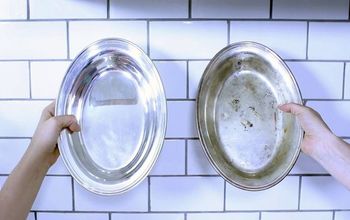
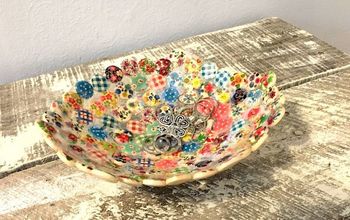
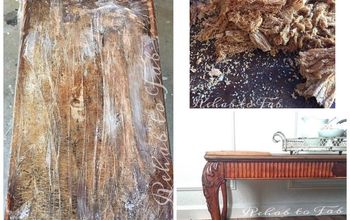


Frequently asked questions
Have a question about this project?